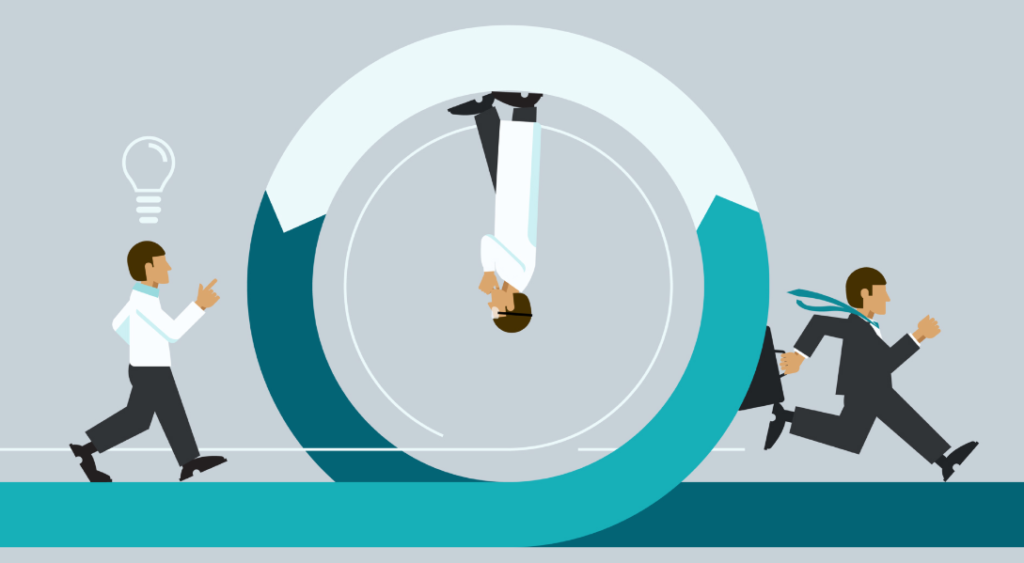Today’s workplace is quickly evolving due to digital transformation and there is something new to learn every day. That means employers have to provide their employees with learning content quickly, regularly, and proactively. Many high-performing organizations are moving away from the traditional waterfall model to an agile learning mode to deliver content on an ongoing basis. Listed below are some of the ways agile learning is transforming L&D.
Early and Continuous Delivery
In a traditional approach of learning, content is created and then shared across to the stakeholders for review and validations. Any changes that need to be made will then be time-consuming and cumbersome. Sometimes the whole learning solution may need to be reworked if the objective is not met. But in Agile learning, an objective is set, a course flow is created based on that objective and then a prototype is built. This is then sent to the stakeholders for validation. Here the content creation is done in phases and involves multiple iterations building on the previous iterations. Throughout the development, feedback from the stakeholders or the client is asked to confirm if the scope of the project is met.
Learning is Broken down Bite-size
In traditional learning, environment employees are asked to adhere to a classroom schedule or are made to sit at their laptops until the course is finished. But in an agile learning environment, the course is available anytime and anywhere. It is also available in many innovative formats and using any device of their choice. Moreover, the content is broken down into digestible chunks that can be learned at a convenient time rather than shoving down the whole course at a single shot.
Changes to Content are Easy
Changes to content mean a lot of rework and a waste of time in traditional learning development especially when it is done at the end of the project. But when you are working in iterations and take small modules it becomes easy to plan for changes. After each phase, feedback is taken and the requirements reconfirmed. That will further help in anticipating potential changes. In case of a change in requirement, since small iterative steps are taken rework is minimal. But for all this to happen people who are leading the project should have agile certification.
Makes for Collaborative Learning
Agile learning fosters a culture of collaborative learning. That helps the employees to have a common platform for brainstorming sessions and discussions which helps professional development. When the entire organization shares its knowledge, anyone be it a junior can approach their peers if they have learning problems. It not only helps in solving issues fast but also helps employees to retain the gained knowledge longer.
Makes Learning a Non-linear Process
In traditional learning, the end goal is to get certified but in agile learning, the certification is not the endgame. The skills that you learn should be applied to the daily tasks that you perform and learn about the gap in knowledge. That gap can then be closed in future cycles of learning. Since agile learning follows a sprint model, continuous learning becomes possible. All this is possible when L&D is handled by professionals with agile scrum certification.
Agile is also more of a mindset rather than a methodology. It is not about producing one final product in a hurry, it is all about producing viable content every iteration with an eye for continuous improvement.







